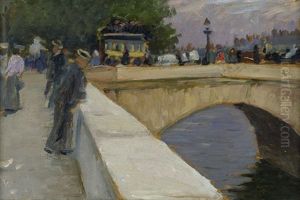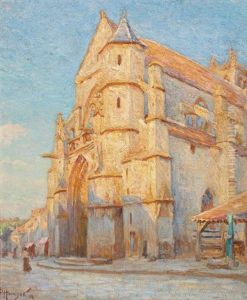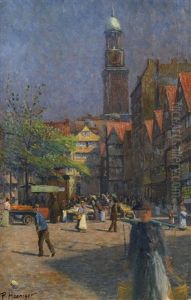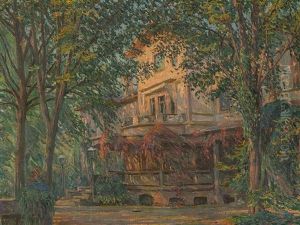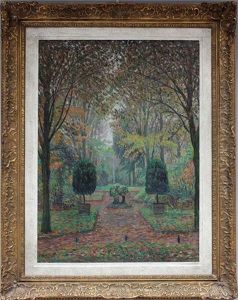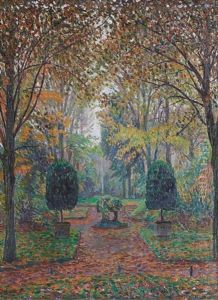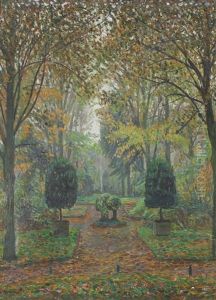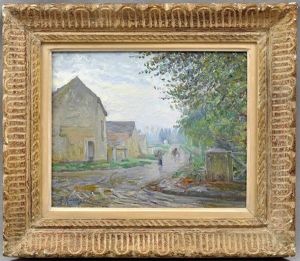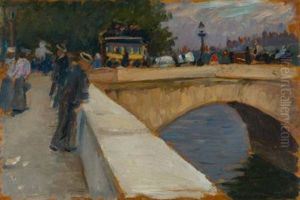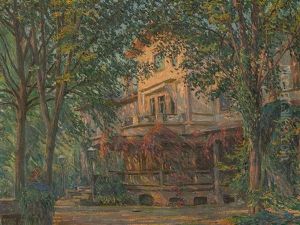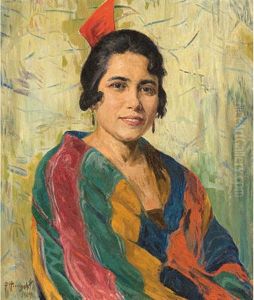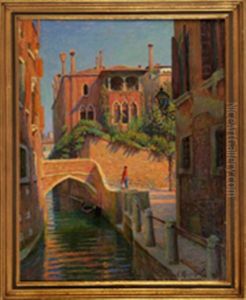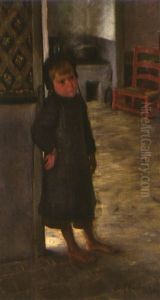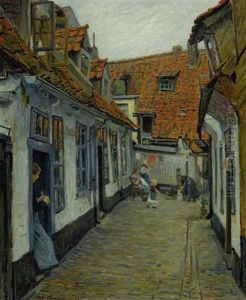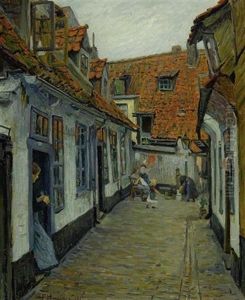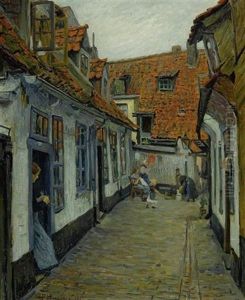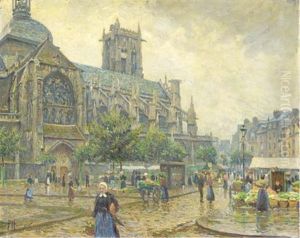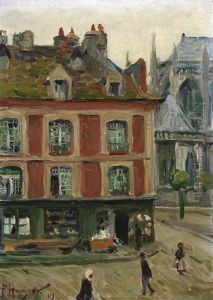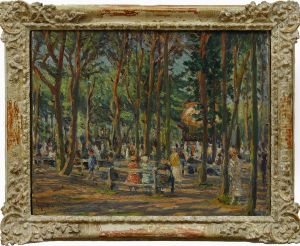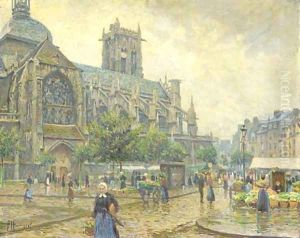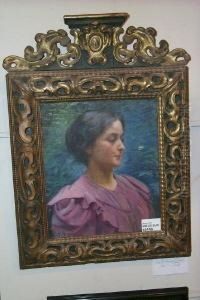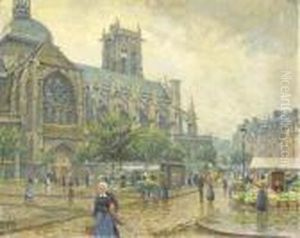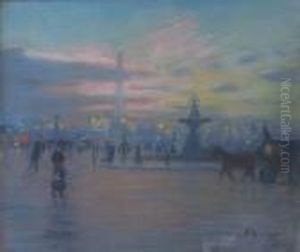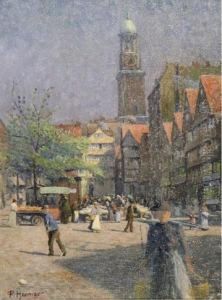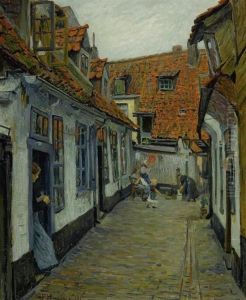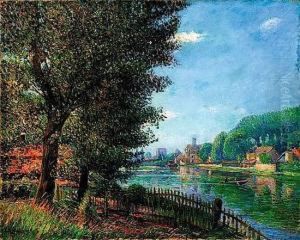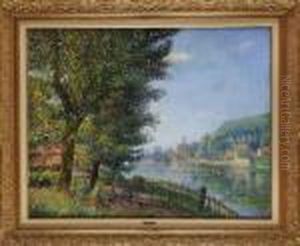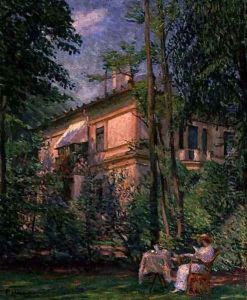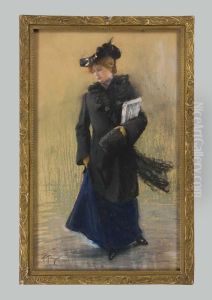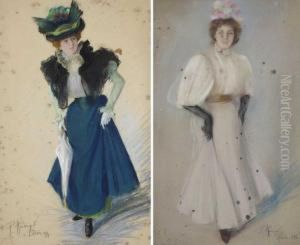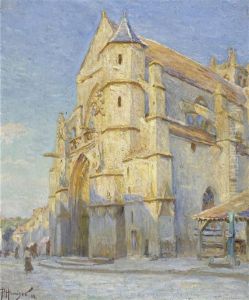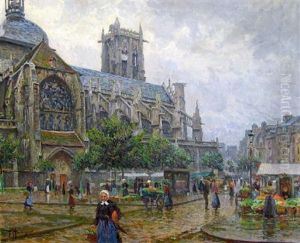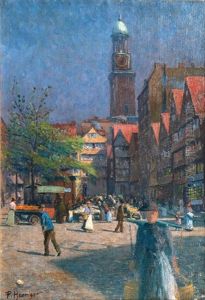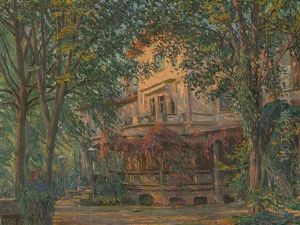Paul Hoeniger Paintings
Paul Hoeniger was a distinguished German painter, born in 1865 in Berlin, Germany. He was well-known for his contributions to late 19th-century and early 20th-century art, particularly within the genres of landscape and portrait painting. Hoeniger's work is characterized by its vibrant use of color and a keen sense of composition, reflecting the transitional period in European art where Impressionist influences began to permeate traditional painting styles.
Educated at the Berlin Academy, Hoeniger was part of a generation of artists who were exploring new avenues of expression within the confines of academic art traditions. His education under influential figures of the time helped him develop a unique style that was both reflective of his training and innovative in its approach to capturing light and atmosphere.
Throughout his career, Hoeniger traveled extensively across Europe, drawing inspiration from various cultures and landscapes. These travels significantly influenced his artistic output, allowing him to experiment with different techniques and subjects. His landscapes, often depicting the German countryside or the coasts of Italy and France, are particularly noted for their ability to capture the mood and essence of a place through subtle shifts in color and light.
Despite his talent and the quality of his work, Paul Hoeniger remained relatively obscure outside of Germany. However, within his home country, he was a respected figure in artistic circles, contributing to exhibitions and being involved with several art societies. His work was appreciated for its emotional depth and technical skill, bridging the gap between the academic art of his early years and the more fluid, expressive styles that would dominate the early 20th century.
Paul Hoeniger passed away in 1924, leaving behind a modest but significant body of work that continues to be studied and appreciated by art historians and collectors. His contributions to German art, particularly in the realm of landscape and portrait painting, reflect the broader movements and shifts within European art at the turn of the century. Today, his paintings can be found in various German museums, where they serve as a testament to his skill and vision as an artist.
